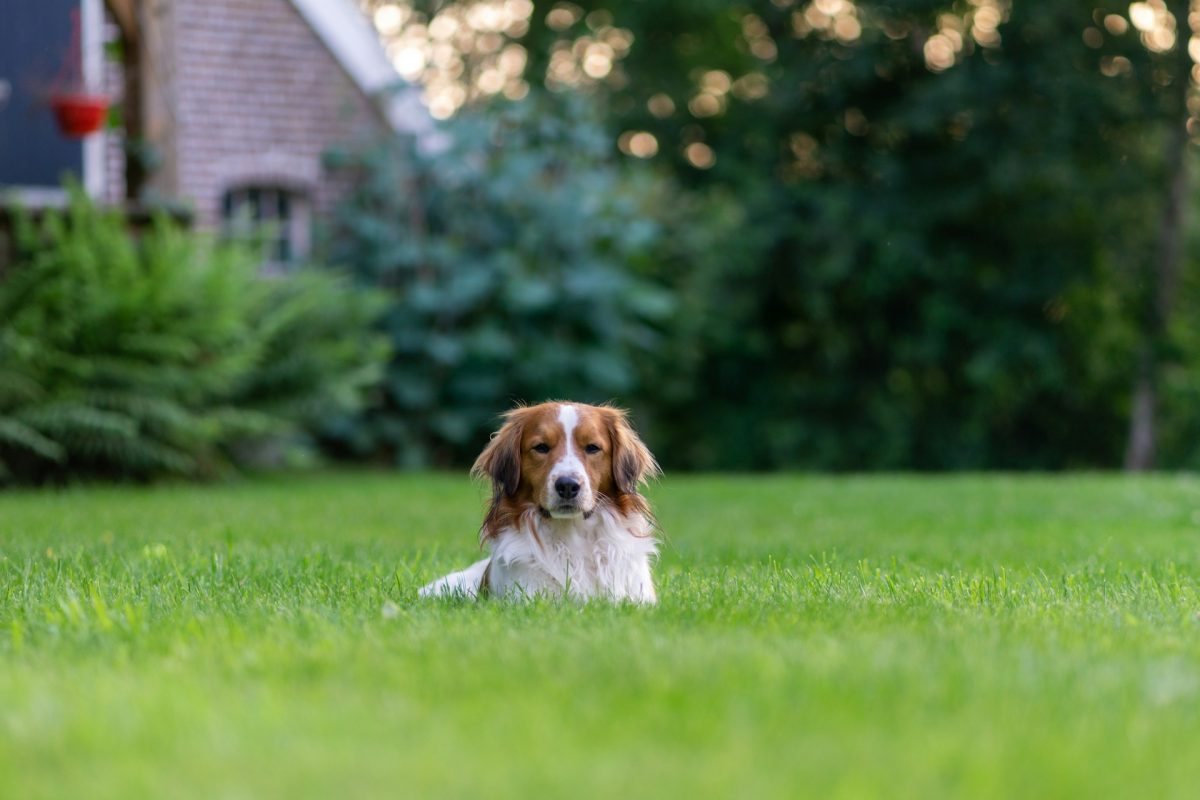Training your dog to carry items is not only a fun party trick but also a practical skill that can come in handy daily. This variation of fetch teaches your dog to be helpful around the house, assisting with tasks like bringing in the newspaper, carrying groceries, or even helping with laundry. Training your dog to carry items requires patience, positive reinforcement, and gradual step-by-step instruction. This article will guide you through the process, ensuring your dog learns this useful skill in a fun and rewarding way.
Understanding the Basics
Before you begin, it’s essential to ensure your dog has a solid grasp of basic commands such as “sit,” “stay,” and “come.” These foundational skills will make the training process smoother. It’s also important to choose items that are safe and appropriate for your dog’s size and strength to carry.
Choosing the Right Items
Start with lightweight and dog-safe items that are easy for your dog to grip in their mouth. Soft toys, small bags, or a lightweight dummy can be ideal starting points. Gradually, you can introduce items that more closely resemble the objects you’d like your dog to carry in real-life scenarios.
Step-by-Step Training Guide
- Introducing the Item: Begin by allowing your dog to explore the item you want them to carry. Encourage them to hold it in their mouth by using a command like “take it.” Reward any interaction with the item to create a positive association.
- Holding the Item: Once your dog is comfortable taking the item, encourage them to hold it for a few seconds before giving them a treat. Gradually increase the time they need to hold the item before receiving a reward.
- Carrying the Item: Start to incorporate movement by encouraging your dog to come to you with the item in their mouth. Begin with short distances, gradually increasing as your dog becomes more comfortable.
- Adding Commands: Integrate commands such as “bring it here” or “carry” as your dog moves with the item. Consistency with these commands will help your dog understand the desired action.
Troubleshooting Common Challenges
Some dogs may initially drop the item or refuse to move while holding it. If this happens, revert to shorter distances and gradually build up again. Always use positive reinforcement and never punish your dog for not understanding or performing as expected.
Practical Applications and Beyond
Once your dog has mastered carrying items on command, you can start introducing practical applications into your daily routine, like fetching the mail or helping with groceries. The key is to make every task rewarding and enjoyable for your dog.
Training your dog to carry items is a rewarding process that enhances your bond and provides your dog with a sense of purpose. With patience, consistency, and positive reinforcement, your dog can learn this helpful fetch variation, becoming not just a pet but a helpful companion around the house.



